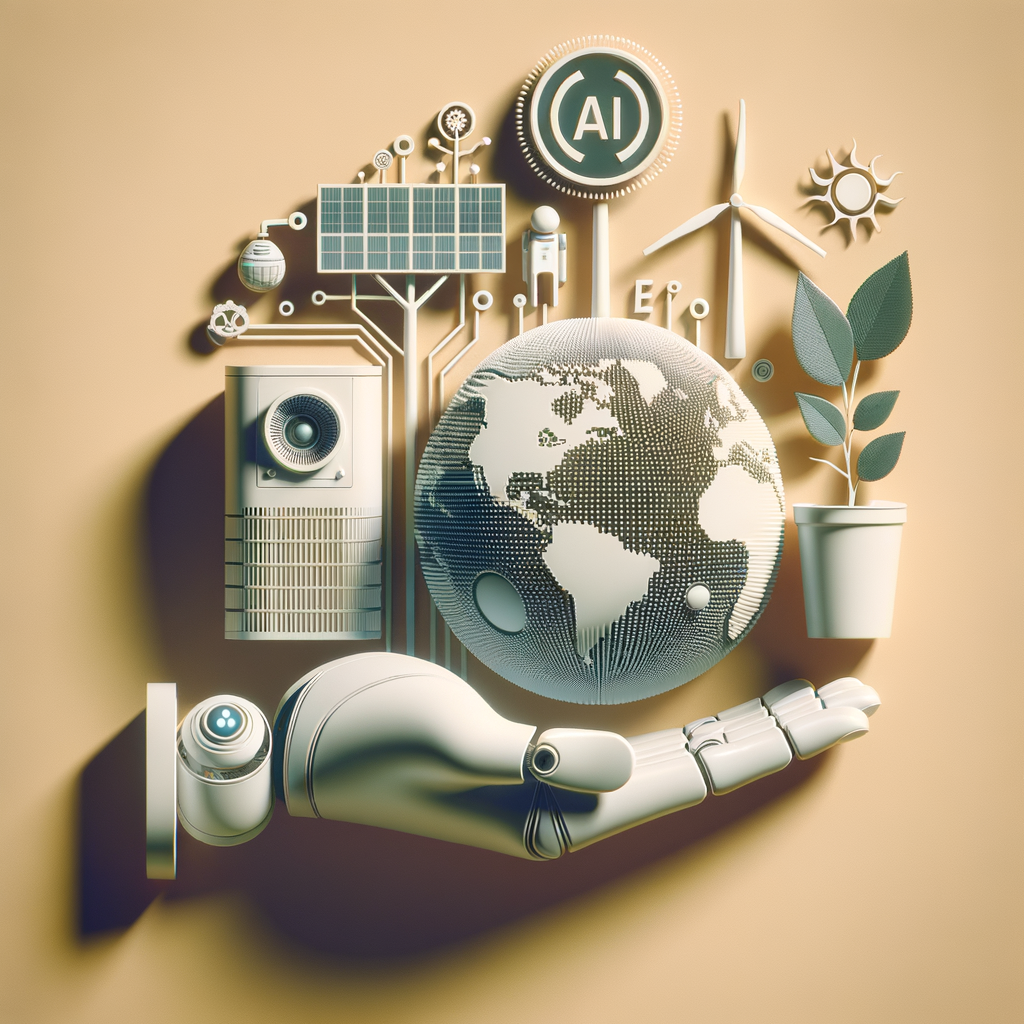
Embracing the Future: AI in Environmental Sustainability
Dive into the transformative role of AI in promoting environmental sustainability. This blog explores innovative AI applications that are leading the charge in conserving natural resources, optimizing energy usage, and reducing carbon footprints. Discover how machine learning and AI technologies are becoming indispensable tools in tackling climate change and protecting our planet.
Introduction
The growing concern for the environment has sparked an interest in leveraging advanced technologies to combat climate change. Artificial Intelligence (AI), with its ability to process vast amounts of data and uncover patterns, is poised to play a key role in promoting sustainability and reducing our carbon footprint.
AI in Energy Optimization
Energy optimization is one of the primary areas where AI is making a significant impact. Machine learning algorithms are used to predict energy demands, optimize energy storage, and improve grid reliability. Smart grids, powered by AI, help balance supply and demand in real-time, reducing waste and improving efficiency.
Case Study: Google's DeepMind
In a noted case, Google used its DeepMind AI platform to reduce the energy used for cooling its data centers by 40%. By analyzing data from thousands of sensors within these centers, AI predicted cooling necessities, thus implementing significant energy-saving measures automatically.
AI in Waste Management
AI is also driving innovations in waste management processes. By integrating AI, cities can better manage waste collection schedules, optimize routes, and even identify materials that can be recycled more efficiently.
Case Study: Rubicon
Rubicon, a waste management company, uses AI to streamline operations and improve recycling processes. Their AI-powered technology provides analytics to optimize routes and proactively handle service issues, significantly reducing emissions from vehicles and promoting eco-friendly practices.
AI and Biodiversity Conservation
Biodiversity conservation has also seen the benefits of AI applications. AI helps monitor endangered species, track wildlife movement, and manage habitat loss through image recognition and data analytics.
Case Study: Microsoft’s Project Premonition
Microsoft’s Project Premonition uses drones and AI to track the behaviors of disease carriers like mosquitoes, aiming to prevent outbreaks and promote a healthier ecosystem.
AI in Agriculture
Agricultural practices are undergoing a transformation with AI innovations enabling precision farming. AI systems are utilized for crop monitoring, predicting weather patterns, and automating irrigation systems to conserve water and boost yields.
Case Study: The Blue River Technology
Blue River Technology uses machine learning in their 'See & Spray' equipment, which identifies crops from weeds, allowing farmers to use significantly less herbicide, thereby reducing chemical runoffs into the ecosystem.
Challenges in Implementing AI for Sustainability
While AI offers numerous advantages, implementing these solutions also poses challenges. Concerns about data privacy, the carbon footprint of data centers, and the need for upskilling the workforce to interact with AI technologies are paramount.
Conclusion
AI is unquestionably at the forefront of global efforts to enhance environmental sustainability. As we continue to innovate, it becomes increasingly crucial to align AI developments with ecological goals, ensuring that advancements do not cross ethical bounds but lead us towards a sustainable future.
Future Prospects
Integrating AI with other emerging technologies like IoT and blockchain promises further advancements in environmental sustainability. The collaborative effort of governments, technologists, and communities is essential to harness AI's full potential in saving our planet.